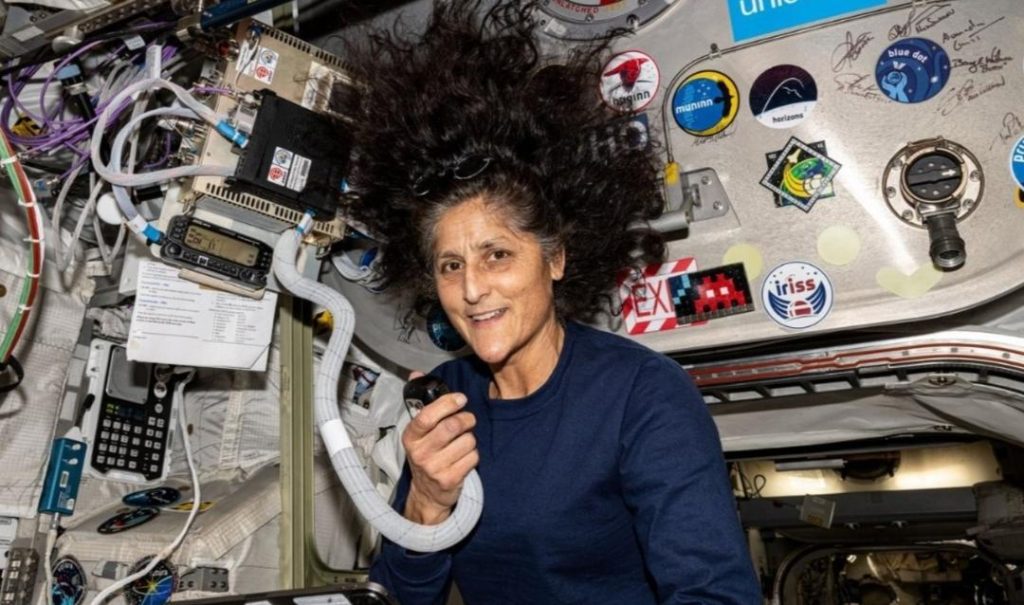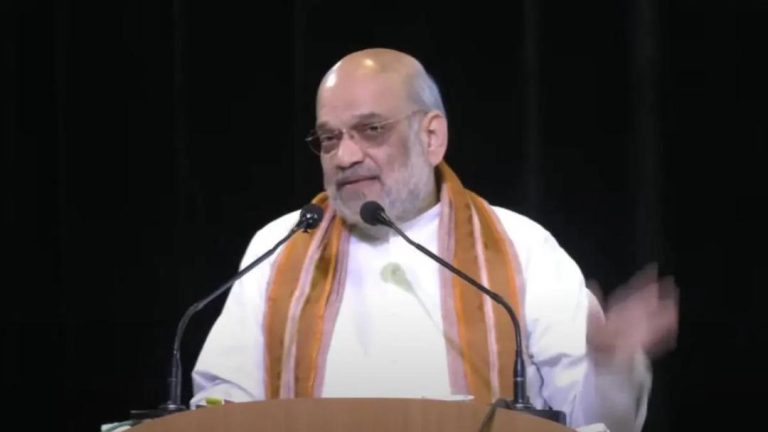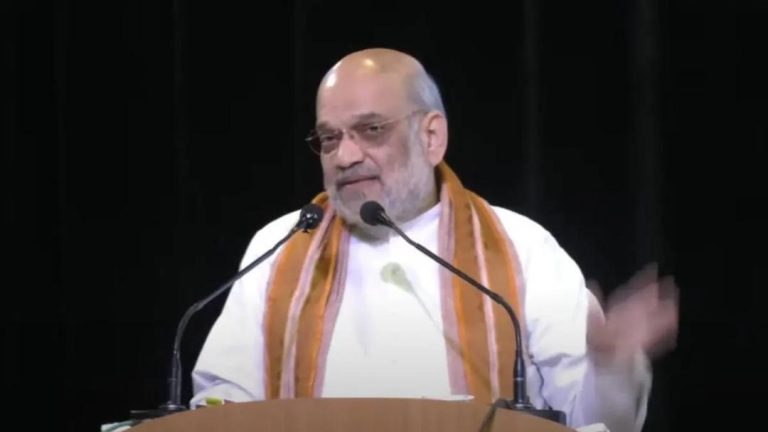
What Scientific Milestones were Achieved by Williams & her Team?
The International Space Station (ISS) has been a hub of scientific innovation and exploration since its inception. With its unique microgravity environment, the ISS provides a platform for scientists to conduct experiments and research that cannot be done on Earth. Recently, NASA highlighted the scientific milestones achieved by the crew of Expedition 57, which included astronauts Nick Hague, Butch Wilmore, Sunita Williams, and cosmonaut Aleksandr Gorbunov. In this blog post, we will explore the significant scientific achievements made by this crew and their contributions to our understanding of the universe.
Plant-Related Studies
One of the primary focuses of the Expedition 57 crew was plant-related studies. In a series of experiments, the crew examined the effects of microgravity on plant growth and development. These studies are crucial for understanding how plants adapt to different environments and how we can use this knowledge to improve crop yields on Earth. The crew also investigated the effects of microgravity on the root systems of plants, which has implications for the development of sustainable agriculture in space.
Capturing Images of Earth
Astronaut Butch Wilmore spent a significant amount of time capturing thousands of images of Earth during his time on the ISS. These images are not only breathtakingly beautiful but also provide valuable data for scientists studying urban growth, climate change, and natural disasters from space. Wilmore’s images have helped scientists track the movement of glaciers, monitor the spread of urban areas, and study the effects of climate change on the environment. His work has also provided valuable insights into the impact of natural disasters such as hurricanes and wildfires on the environment.
3D Printing of Implantable Medical Devices
In addition to plant-related studies and Earth observation, the Expedition 57 crew also tested the 3D printing of implantable medical devices in microgravity. This experiment is significant because it demonstrates the potential for 3D printing to create complex medical devices that can be used in space or on Earth. The crew used a 3D printer to create a series of implantable devices, including a customized splint for a broken arm. This technology has the potential to revolutionize the way we create and use medical devices, particularly in remote or austere environments.
Other Scientific Milestones
In addition to these specific experiments, the Expedition 57 crew achieved a number of other scientific milestones during their time on the ISS. These included testing new life support systems, conducting experiments on the effects of microgravity on the human body, and studying the behavior of fluids in microgravity. The crew also spent time conducting maintenance tasks and upgrading the ISS’s equipment to ensure its continued operation.
Conclusion
The Expedition 57 crew’s scientific milestones are a testament to the incredible work being done on the International Space Station. From plant-related studies to Earth observation and 3D printing of implantable medical devices, this crew has made significant contributions to our understanding of the universe and the potential for future space exploration. As we continue to push the boundaries of space travel and exploration, the work of the Expedition 57 crew serves as a reminder of the incredible achievements that can be made when scientists and astronauts come together to push the frontiers of human knowledge.
News Source:






